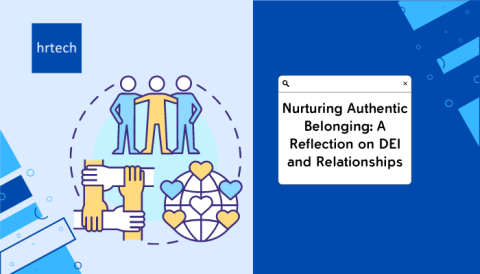A well-executed DEI initiative is essential for organizations in 2025. Businesses today are expected to champion diversity, equity, and inclusion. Your organization must reflect these values in everyday workplace culture and not just in policy documents.
Implementing a DEI initiative helps build a workplace where everyone feels safe, respected, and empowered. It goes beyond hiring diverse talent. It involves creating systems that support equity and foster true inclusion.
Did you know that companies that implement DEI initiatives earn 2.5 times higher cashflow per employee? Research proves that inclusive teams are 35% more productive and make better decisions 87% of the time.
But starting and sustaining a DEI initiative can feel overwhelming. What works for one company may not work for another. That’s why we’re sharing proven tips and real-world examples to guide your efforts.
What are DEI Initiatives?
Diversity, equity and inclusion (DEI) initiatives are programs that promote a workplace where all employees feel valued, supported, and included, regardless of background. These initiatives aim to promote diverse representation, ensure fair treatment and opportunities, and cultivate an environment of belonging.
Diversity refers to the presence of differences within a given setting, including race, gender, age, sexual orientation, disability, and other attributes. For example, a company might focus on recruiting talent from underrepresented groups to enhance its workforce diversity.
Equity means giving everyone fair access to opportunities by removing systemic barriers. For example, mentorship programs can support the growth of employees from marginalized groups.
Inclusion is about creating a workplace where everyone feels welcomed and respected. Initiatives like Employee Resource Groups (ERGs) help build this sense of belonging.
But why have DEI initiatives become important in recent years? Let’s explore.
Why are DEI Initiatives Important?
Implementing Diversity, Equity, and Inclusion (DEI) initiatives is crucial for fostering a workplace where all employees feel valued and empowered. These initiatives not only promote social responsibility but also drive tangible benefits for organizations.
Here’s why DEI initiatives are important in 2025:
- Improved Innovation and Creativity: A diverse workforce brings varied perspectives, leading to more innovative solutions and ideas.
- Improved Employee Engagement and Retention: Inclusive environments make employees feel respected and connected, increasing job satisfaction and reducing turnover rates.
- Better Decision-Making: Teams with diverse backgrounds consider a wider range of factors, resulting in more informed and effective decisions.
- Attraction of Top Talent: Organizations known for their commitment to DEI are more appealing to a broad talent pool, enhancing recruitment efforts.
- Stronger Financial Performance: Companies prioritizing DEI often outperform their counterparts financially, as diverse teams can better understand and serve diverse markets.
Also Read: “Breaking Barriers: Unveiling the Power of DEIB in Today’s Business Landscape”.
Now let’s explore some practical DEI initiatives that you can implement at the workplace with tips and examples.
10 Best DEI Initiatives in Workplace with Tips and Examples
Implementing effective DEI initiatives is essential for fostering a workplace where every employee feels valued and empowered. Beyond promoting social responsibility, these initiatives drive innovation, improve employee engagement, and improve organizational performance.
1. Unbiased Hiring Practices
Creating a diverse team begins at the hiring stage. Unbiased hiring practices help remove discrimination based on gender, race, age, or other personal traits, ensuring fair evaluation.
Tips to Implement:
Here are some tips to implement unbiased hiring practices:
- Use blind recruitment by removing names and demographics from applications.
- Standardize interview questions and use structured scorecards.
- Provide unconscious bias training for recruiters and hiring managers.
Example:
A global tech firm adopted blind screening software and saw a 30% rise in women hired for tech roles within a year.
Also Read: “A Smarter Approach to Hiring: Balancing Speed, Quality, and Experience”.
2. Employee Resource Groups (ERGs)
ERGs are voluntary, employee-led groups that foster a sense of community among people with shared identities or interests. They help employees feel seen, heard, and supported.
Tips to Implement:
Here are some tips to implement employee resource groups in the organization:
- Encourage employees to form ERGs and choose leaders democratically.
- Provide funding, resources, and executive sponsorship.
- Involve ERGs in DEI strategy and policy development.
Example:
At Microsoft, the “Women at Microsoft” ERG launched mentorship programs and hosted career panels, improving gender representation in leadership.
3. DEI Training Programs
Training helps raise awareness about diversity and bias while promoting inclusive behaviors at all levels. These programs are critical for long-term cultural change.
Tips to Implement:
Here are some tips to implement DEI training programs:
- Offer regular, mandatory DEI workshops.
- Use real-life scenarios and interactive content to enhance engagement.
- Track effectiveness through feedback and pre/post assessments.
Example:
A multinational company introduced quarterly DEI training and saw a measurable drop in internal discrimination complaints within a year.
4. Inclusive Leadership Development
Developing inclusive leaders ensures DEI values are embedded at the top. Leaders who prioritize inclusion create safer spaces and more productive teams.
Tips to Implement:
Here are some tips to implement inclusive leadership development:
- Include DEI modules in leadership training.
- Identify and coach high-potential employees from underrepresented groups.
- Set diversity goals for leadership roles and measure progress.
Example:
A financial firm’s inclusive leadership program increased women and minority representation in upper management by 18%.
Also Read: “Inclusive Workplace: What Is It And How To Build One”.
5. Pay Equity Audits
Fair compensation is a core part of equity. Pay equity audits identify and close wage gaps across gender, ethnicity, and other demographics.
Tips to Implement:
Here are some tips to implement pay equity audits:
- Conduct regular pay equity assessments.
- Adjust salaries where disparities are identified.
- Be transparent about pay structure and equity commitments.
Example:
A company performed annual salary audits and eliminated a 12% wage gap across departments.
6. Flexible Work Arrangements
This may involve offering flexibility that supports diverse employee needs, including working parents, people with disabilities, and neurodivergent individuals.
Tips to Implement:
Here are some tips to implement flexible working arrangements:
- Provide remote or hybrid work options.
- Offer flexible hours and leave policies.
- Ensure equal access to career growth regardless of work arrangement.
Example:
A marketing firm implemented flexible hours post-pandemic, leading to improved work-life balance and a 25% boost in employee retention.
Also Read: “8 Tips for Effective Leadership in a Virtual Remote Work Environment”.
7. Supplier Diversity Programs
Working with diverse suppliers helps promote equity beyond the workplace. It creates economic opportunities for underrepresented entrepreneurs.
Tips to Implement:
Here are some tips to implement supplier diversity programs:
- Set specific targets for diverse supplier engagement.
- Partner with minority-owned, women-owned, and LGBTQ+ businesses.
- Track and report diversity regularly.
Example:
A consumer goods brand pledged 25% of procurement budget to diverse suppliers, boosting community engagement and brand loyalty.
Also Read: “How to Build Diversity & Inclusion with HR Communications”.
8. Accessible Workplace Design
Accessibility is a non-negotiable part of inclusion. It ensures people with disabilities can fully participate in the workplace.
Tips to Implement:
Here are some tips to ensure accessible workplace designs:
- Ensure physical spaces accommodate mobility, visual, and hearing needs.
- Offer assistive technologies and adaptive tools.
- Collect feedback from employees to address overlooked barriers.
Example:
An organization updated its workspace with ramps, adjustable desks, and screen readers—greatly improving accessibility and satisfaction.
9. Mentorship and Sponsorship Programs
Mentorship builds confidence and skills, while sponsorship connects individuals with advancement opportunities—especially for those from marginalized groups.
Tips to Implement:
Here are some tips to implement mentorship and sponsorship programs:
- Pair senior leaders with high-potential diverse employees.
- Set clear goals and timelines for development.
- Recognize mentors and sponsors for their contributions.
Example:
A law firm’s mentorship program led to a 40% increase in promotions among employees from underrepresented backgrounds.
10. Regular DEI Assessments
You can’t improve what you don’t measure. Ongoing DEI assessments help track progress, uncover challenges, and refine strategies.
Tips to Implement:
Here are some tips to regularly assess DEI in your organization:
- Conduct anonymous employee surveys on DEI perceptions.
- Analyze representation, promotion, and attrition data.
- Share findings transparently and update goals accordingly.
Example:
A healthcare organization conducted annual DEI reviews, which led to targeted initiatives and improved employee engagement scores.
Check out some of the best DEI tools only on TeamLease Digital marketplace. You can also schedule a call for personalized recommendations from professionals.
Conclusion
Workplaces are evolving, and so are employee expectations. DEI initiatives are now essential to create a culture of true belonging. Whether it’s through fair hiring, inclusive leadership, or flexible policies, every small step adds up. This blog has shared actionable ways to bring DEI to life, backed by examples and tips that can work in any organization.
Choosing the right tools and platforms is key to implementing DEI initiatives effectively—and that’s where TeamLease Digital comes in.
As a trusted HR marketplace, TeamLease Digital offers access to a wide range of DEI-focused solutions, from recruitment software to engagement platforms and analytics tools. It simplifies your search, ensures quality, and connects you with the best-fit partners to drive real change.
Ready to take your DEI efforts to the next level? Visit TeamLease Digital marketplace and choose the right DEI tools today!







